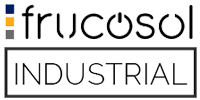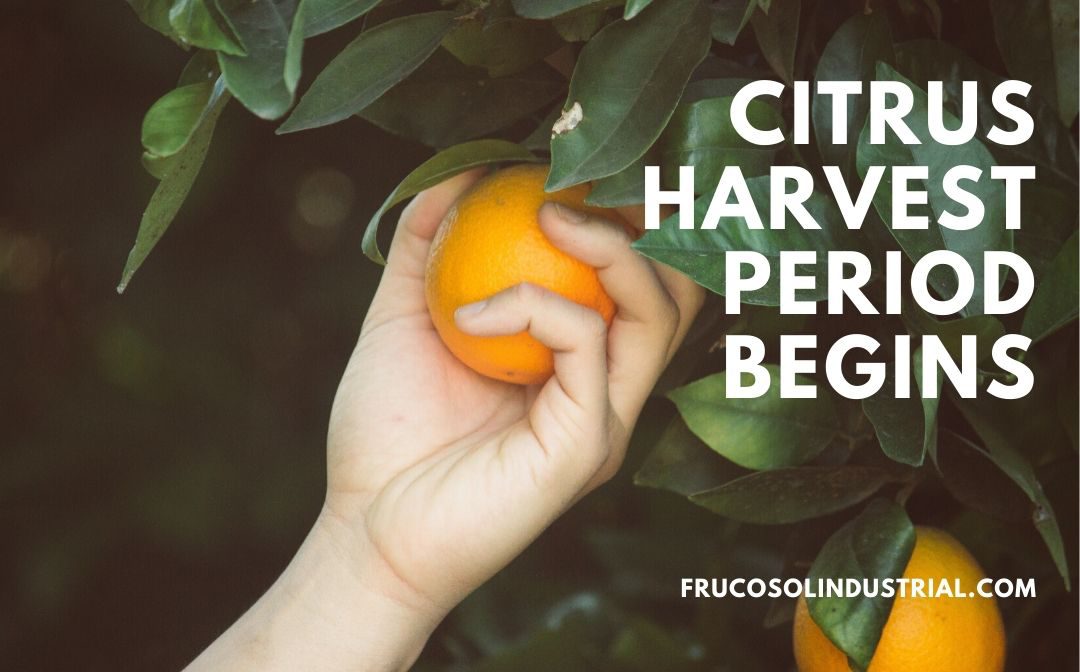The orange season begins in the month of November and usually ends in the days before summer, in the month of June.
These dates are not exact and may vary depending on the year.
During the orange season, we can find different varieties depending on the months.
When is the orange harvested?
The time of harvest depends on many factors such as the variety of orange, the climate or the area. Another factor are the priorities of the picker himself and what he wants to do with the fruit in question: depending on whether you want to sell it directly or store it you will have to select a time or another harvest.
The priority to always look for is that the taste of the fruit is perfect.
One factor by which we can guide ourselves is colour, although this information may not be reliable when deciding when to harvest the orange. Sometimes the fruit has an intense colour that is pleasing to the eye but that does not mean that it is ripe. Orange changes from green to several very similar shades of orange.
A reliable fact to know when to pick the orange is the taste. Oranges do not ripen once harvested. The only way to know 100% that the fruit has the optimum taste point is to take an orange from the tree and taste it. In this way you can decide whether to harvest at that moment or wait a little longer.
Key points for a good orange harvest.
Do not pick wet or humid fruits. When picking oranges, it is important that the fruit is dry. If it is wet, the skin absorbs too much water and, in the event of any manipulation or rubbing, it breaks easily.
The oranges are cut from the branch that holds them flush with the fruit using special citrus scissors or pliers.
Although harvesting by pulling is very common, it involves a break in the tissues of the albedo, which are close to the peduncle. This becomes the weak point of the orange and a focus of rot and fungus. On the other hand, if we pull out the woody part of the branch, it should be cut later during the selection of the fruit.
Oranges should not be picked from the ground. The fruits of the ground, have suffered the impact of the fall, so they will be damaged. The orange affected by some type of rottenness, and with evident signs of attacks of insects, should not be collected either. It is recommended to inspect well the fruit in the tree and to observe possible spots, mold and fungi before collecting it.
Avoid hitting the oranges during the picking process. Throwing oranges from the tree into collection boxes or tipping them over carelessly can cause the oranges to be damaged, lose liquid and end up rotting. Also in transport and storage must be careful.
Small fruits should not be harvested. In order to guarantee their quality and flavour, oranges must have a minimum size and weight. It all depends on the variety but, you should bet on fruits with a good size.
All these tips will result in a very good harvest and an excellent fruit for our industrial juicers!

